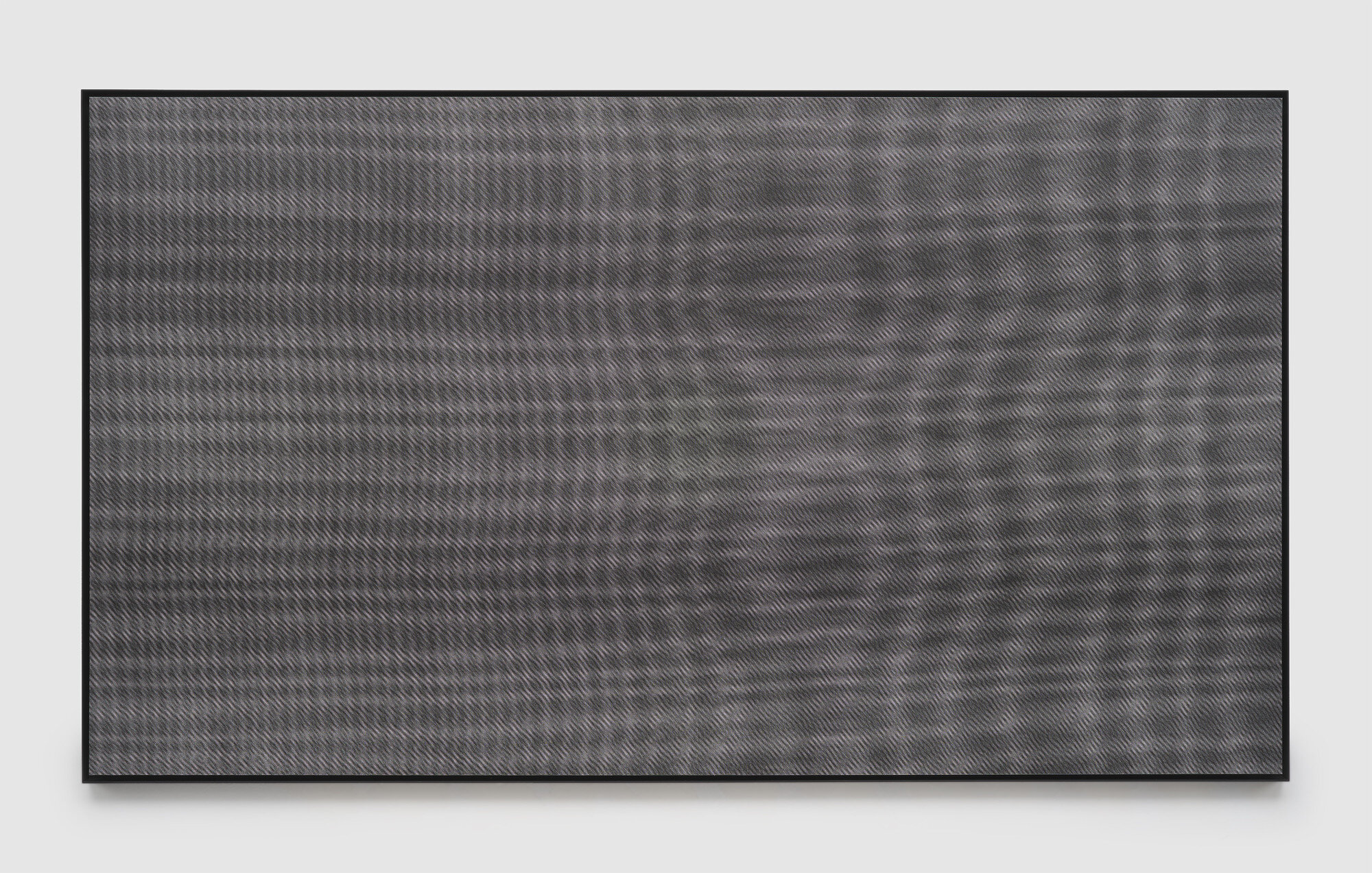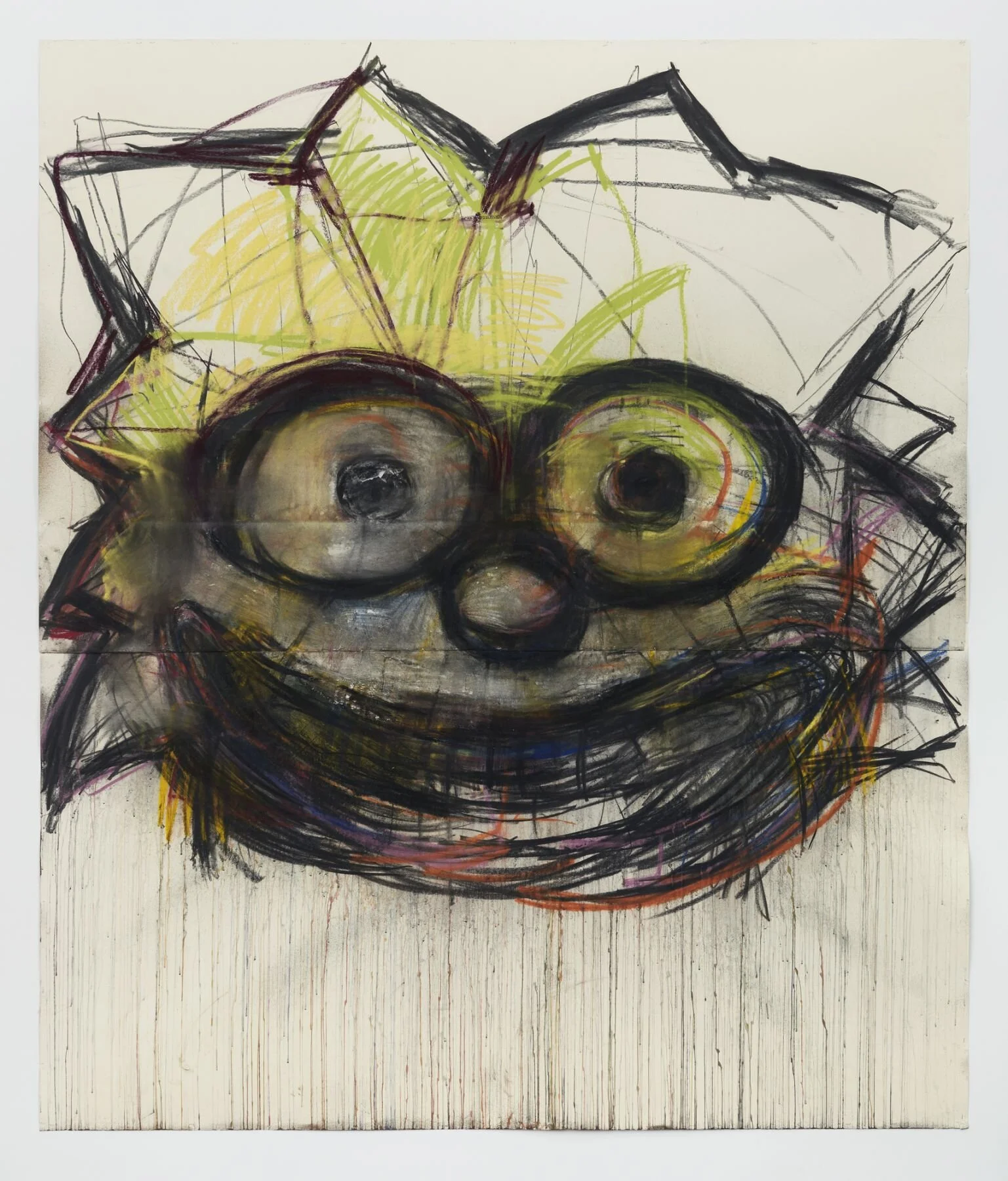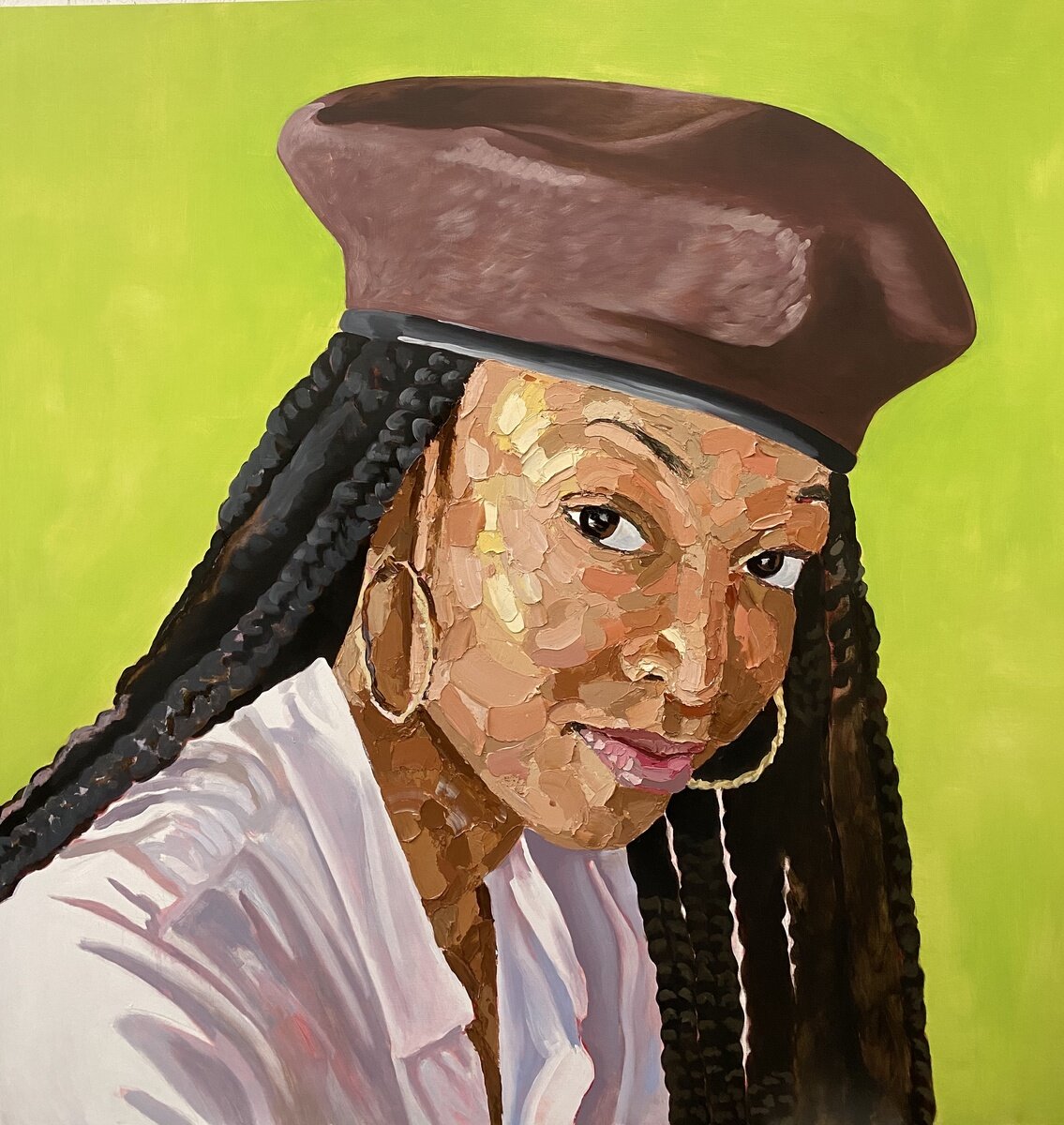Tara Donovan
“Intermediaries”
New York, 540 West 25th Street
Based in Donovan’s rigorous investigatory methods and aggregative logic, the exhibition’s drawings, wall-bound pieces, and free-standing sculptures transform commonplace materials into totalities that test our perceptual limits. Intermediaries also articulates the artist’s ever-deepening exploration of art’s capacity to mediate phenomenological encounters that interconnect viewers to one another and their environment.
The exhibition’s primary concept underscores the structural and material openness of Donovan’s works, which are less to be looked at than looked through. Her art’s capacity to filter and reconfigure vision is most apparent in her free-standing, large-scale sculptures, made of transparent materials that refract light and distort their surrounding space. Stacked Grid (2020), for example, is marked by an orthogonality and monumentality that parallels and heightens the “white cube” of the gallery. Yet it simultaneously thwarts the rationality of the grid that is at the structural core of both the sculpture and its architectural context. Through their aggregation and play with light, the work’s translucent building blocks turn the modernist grid into an evanescent, almost pixelated, entity that, at times, appears labyrinthian. If Minimalism was augured by Frank Stella’s dictum “what you see is what you see,” Donovan, though operating in a minimalist idiom, tacitly questions this foundational emphasis on the self-evidence of vision.
Tara Donovan, Stacked Grid, 2020, plastic, 9' × 9' × 13' (274.3 cm × 274.3 cm × 396.2 cm) © Tara Donovan
Stacked Grid’s engagement of architecture also points to the intermedial complexity characterizing all of the exhibition’s works. “Medium,” from the Latin medius or “middle,” is at its roots an intermediary, a middle position through which to convey or effect. Monolithic and monochromatic, Donovan’s black, wall-bound and framed sculptures, Apertures (2020), are suspended in between painting and sculpture. From a distance, their austere shape and somber hue emanate a solemnity conducive to a hushed, meditative experience. Up close, however, they exude liveliness. A soft, spectral light, filtered through the works’ strata and enlivened by the viewer’s lateral motion, animates swirling surface patterns, created by hollow stirring sticks that channel light. This light, in turn, subtly, almost imperceptibly, offers an encounter that is psychosomatic as well as visual. In their conflation of darkness and light, absence and presence, stasis and dynamism, these works invite viewers to consider relationships and identities that outstrip simplistic dualities.
Based in a process of elimination and manipulation rather than accumulation, Donovan’s series of twenty-four drawings, titled Screen Drawings (2020), is the result of the artist’s meticulous interventions in the weave of metal screen fragments, which are coated in ink and pressed onto paper. Leveraging as much as disturbing the mathematical regularity of the grid, the drawings attune the eye to subtle shifts in pattern, the ambiguity of figure- ground relations, and instability of form. Housed in Pace’s first floor library, a series of 13 large-scale drawings was similarly created through the use of malleable fiberglass screens, stretched into a variety of patterns. These works’ layered compositions—whose all-over, optical effects range from intense vibrations to aquatic dissolutions—not only suggest movement but also encourage an ambulatory experience that combines seeing and feeling, eye and body. As materials that typically cover windows and hence filter the gaze, the screens forming the field of these two series point to vision as an always mediated phenomenon, even in the moment of creation. To “draw” these works, the artist had to look through and past the screen, translating their textile-like materiality into two-dimensional, graphic markings. By yet again mobilizing the grid, which has long served as the infrastructure of vision in both art (e.g., the perspectival scaffolding of Renaissance painting) and science (treatises on physiological optics are rife with diagrammatic grids), Donovan parses and breaks through this paradigm in the search for new perceptual models, new intermediaries.
Tara Donovan, Layered Screen Drawings, 2020, ink on paper, 50" × 88" (127 cm × 223.5 cm) © Tara Donovan
Sphere (2020) continues this investigation. Though offering a universally legible form, the massive sculpture complicates its pure geometry through its transparent materials, which bend light and open the work to its surrounds. Its metamorphic effects unfold gradually and indirectly, revealing their full potency when the viewer engages the work in a triangulated encounter with others. As a go-between, the sculpture pushes the solitary phenomenological experiences devised by Minimalism into an interpersonal realm. The authoritative position of omniscience underwriting grids, especially the lattice of perspective, gives way to a kind of dynamic, embodied perception that is optimized when intersected by others in a moment of relational multiplicity.
Additionally, Pace’s website will feature a selection of approximately six works from the Screen Drawings series, providing detail shots that show the works’ varying structures and formal effects. The digital presentation will shed light on Donovan’s creative process through additional multimedia materials related to the series and will contextualize Donovan’s investigation of the grid by discussing the centrality of this form in modern art through references to the work of past artists.








